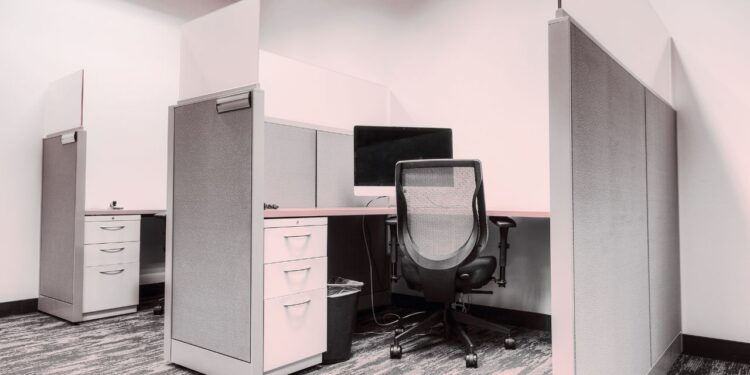What’s going on:
A new report reveals that London’s office occupancy is still less than 60% of pre-pandemic numbers, flagging possible economic troubles to come.
Centre for Cities, in partnership with EC BID and Professor Dan Graham’s team at Imperial College London, published a report on Wednesday titled “Office politics: London and the rise of home working.”
According to the report, “on average central London workers came into the office 2.3 days per week, 59 per cent of January 2020 levels.”
The COVID-19 pandemic is attributed to accelerating the shift towards remote and flexible work arrangements, leading to a reevaluation of the traditional office environment. The research examines the potential long-term impact of hybrid work environments on London’s productivity growth. It reveals that while employees enjoy clear benefits from remote work, the wider economy may suffer from reduced face-to-face interactions.
Why it matters:
The traditional office-centric model, which relied on commuting and concentrated economic activity in central business districts, is being challenged. This shift in office dynamics is taking place in many countries around the world including the U.S.
As more people work remotely or participate in flexible arrangements, the demand for office space may continue to decline, which presents both challenges and opportunities for large urban centers. Policymakers and urban planners will likely have to find ways to adapt to these changes by repurposing commercial spaces, which could require conducting further research on the long-term impacts that hybrid working has on productivity and economic growth.
How it’ll impact the future:
Many companies are embracing hybrid work models and are reducing their physical office space, while others are exploring alternative uses for office buildings. This kind of movement in business and commercial real estate will shape the future of large cities, like London, because the amount of geographic concentration of economic activity has historically played a vital role in a city’s economy.
Cities will likely explore innovative approaches to mixed-use developments that integrate work, housing, and recreational spaces. This shift may lead to more vibrant and sustainable neighborhoods, as well as increased investment in technology and infrastructure to support remote work.
The transformation of commercial office spaces might also shape commuting patterns in the future, with reduced traffic congestion and decreased demand for public transportation during traditional rush hours.


 Dr. Gleb Tsipursky – The Office Whisperer
Dr. Gleb Tsipursky – The Office Whisperer Nirit Cohen – WorkFutures
Nirit Cohen – WorkFutures Angela Howard – Culture Expert
Angela Howard – Culture Expert Drew Jones – Design & Innovation
Drew Jones – Design & Innovation Jonathan Price – CRE & Flex Expert
Jonathan Price – CRE & Flex Expert












